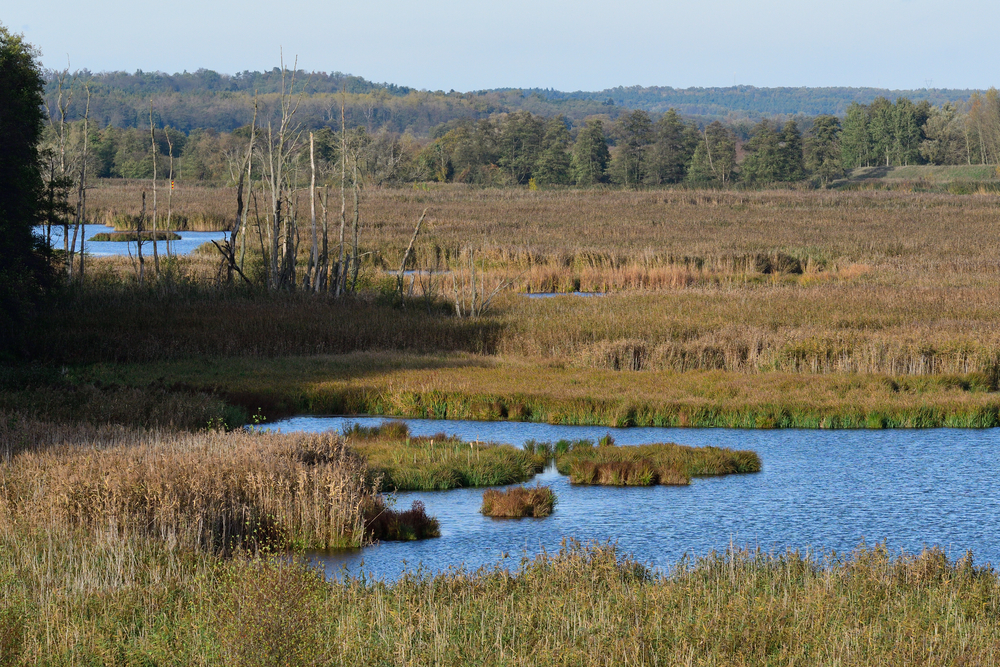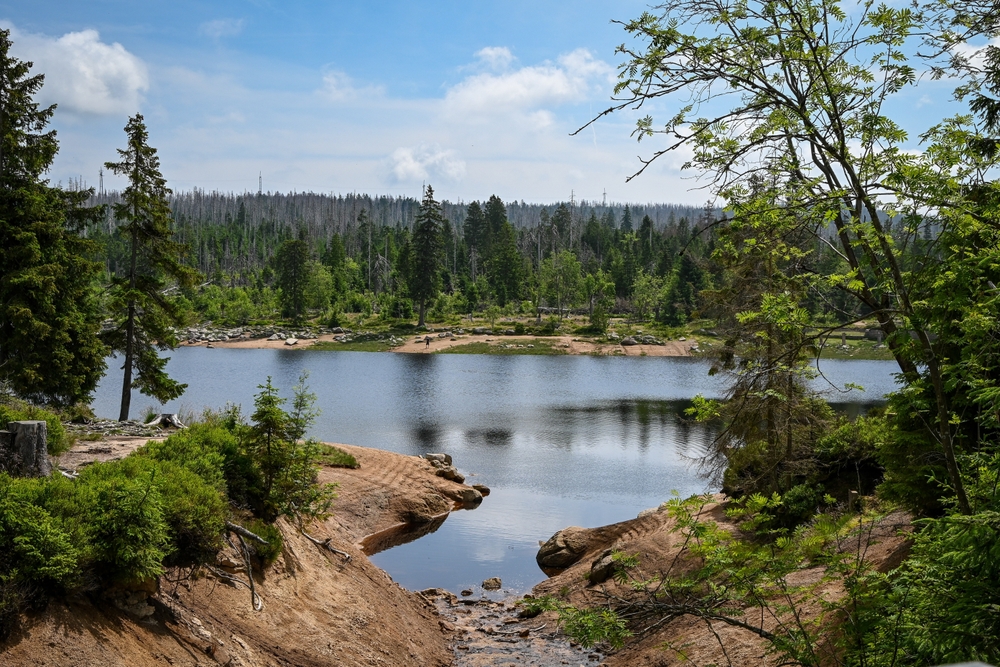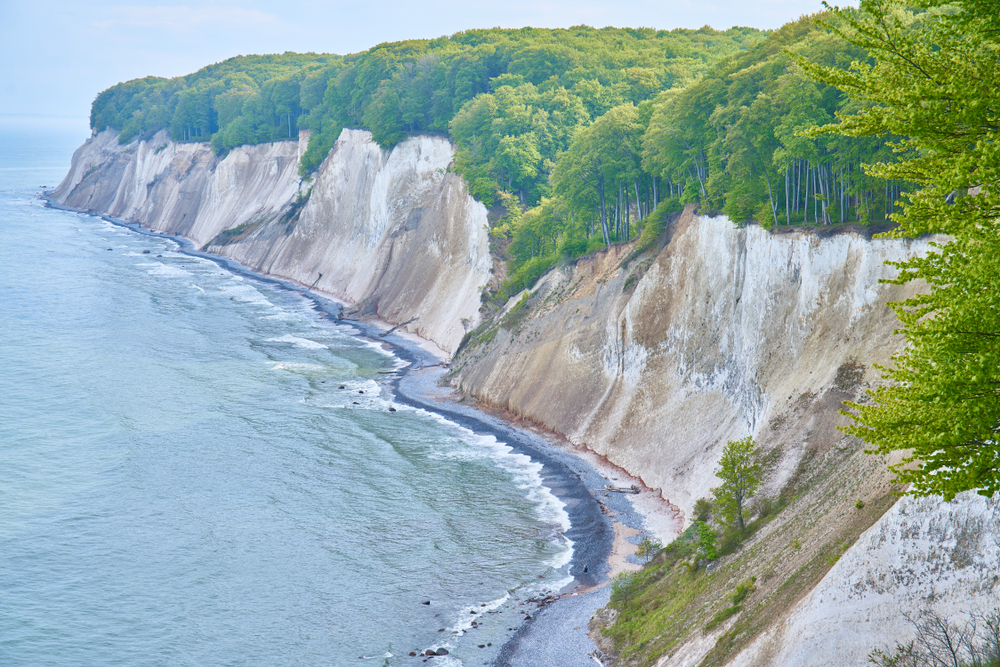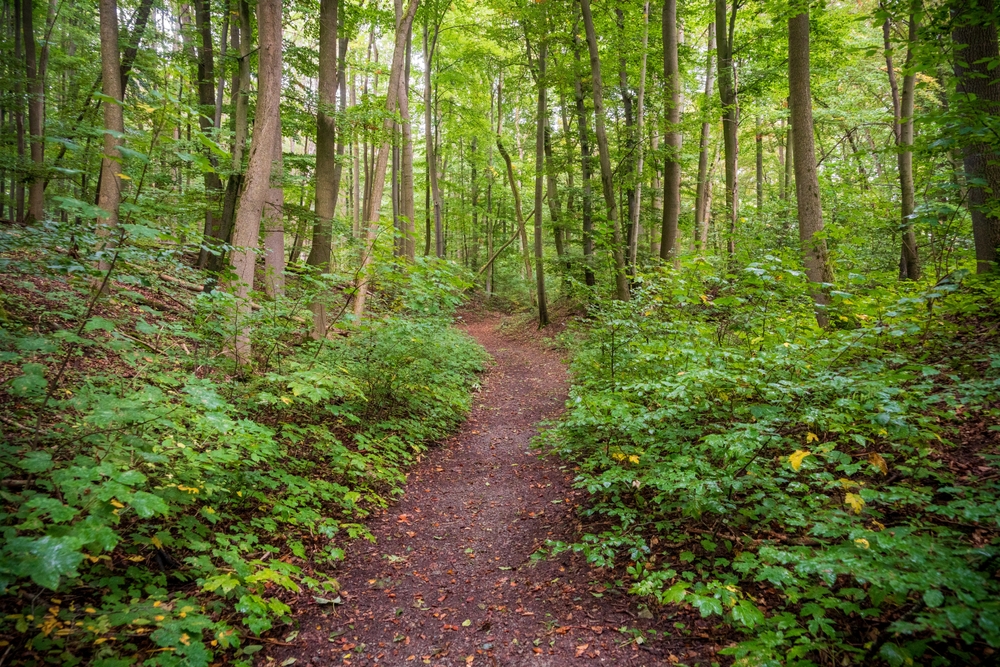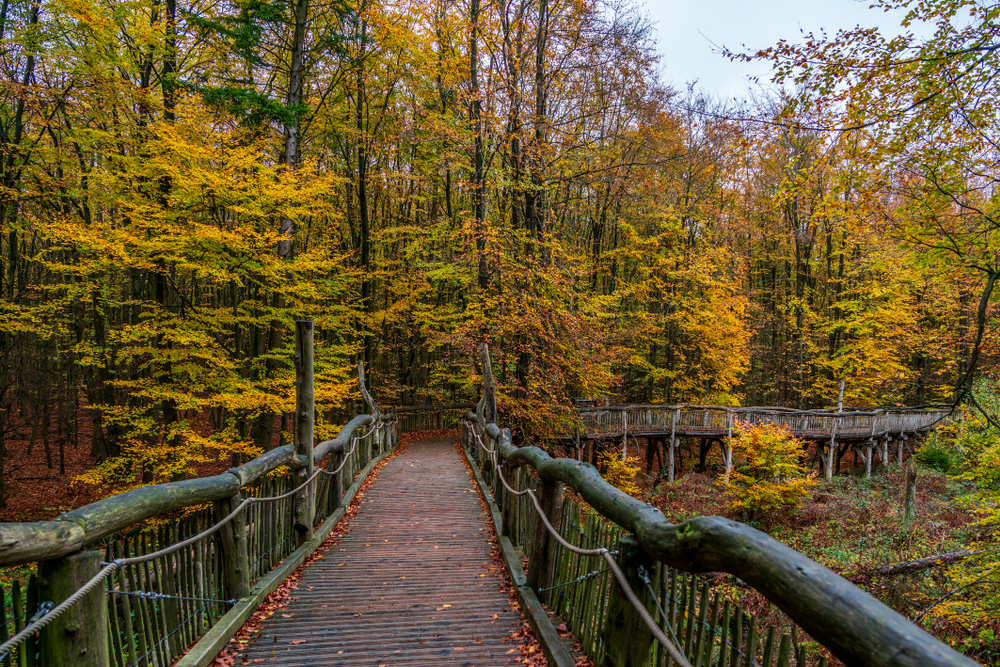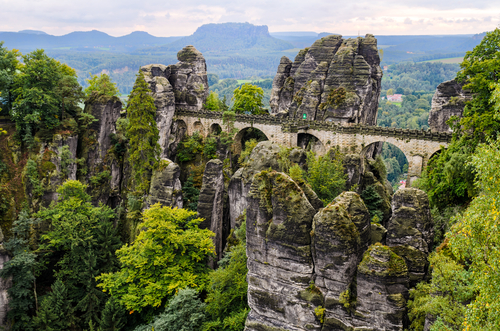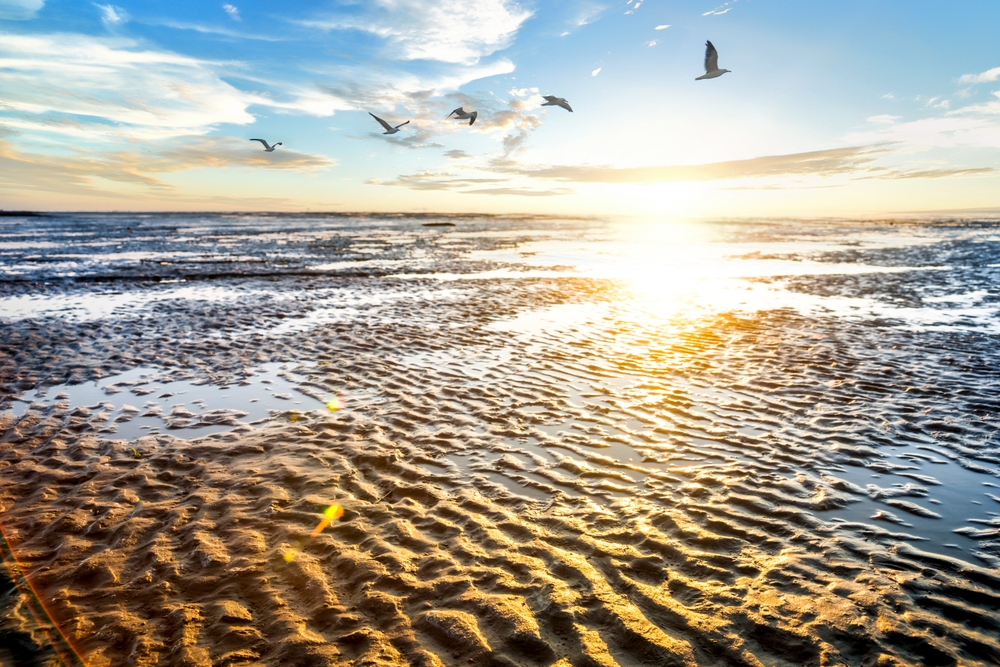Lower Oder Valley Overview
Lower Oder Valley National Park, known locally as Nationalpark Unteres Odertal, is Germany’s only floodplain national park and one of the most ecologically significant wetland areas in Europe.
It is located in the northeastern part of Germany, bordering Poland, and covers approximately 41 square miles (106 square kilometers). The park is part of a transboundary conservation area that extends into Poland, where it is known as the Park Krajobrazowy Dolina Dolnej Odry.
Established in 1995, the park follows the course of the Oder River, which meanders through vast floodplains, creating a unique ecosystem that supports a remarkable diversity of plant and animal life.
The terrain of the park is characterized by a vast and dynamic floodplain landscape, shaped by the natural course of the Oder River. During seasonal flooding, large sections of the park are submerged, creating a mosaic of wetlands, oxbow lakes, reed beds, and meadows. The park’s topography is mostly flat, with only gentle undulations, but the richness of its habitat is unparalleled in Germany.
Riparian forests dominate parts of the landscape, along with willow and poplar groves that thrive in the wet conditions. Extensive reed beds provide critical nesting sites for birds, while marshy grasslands and wet meadows create ideal conditions for rare plant species such as the Siberian iris and marsh marigold.
Lower Oder Valley National Park is renowned for its extraordinary wildlife, particularly its bird populations. The floodplains serve as a crucial resting and breeding site for over 160 species of birds, making the park a paradise for birdwatchers. Among the most notable species found here are the white-tailed eagle, black stork, Eurasian crane, and the rare aquatic warbler.
In autumn and spring, tens of thousands of migratory birds, including greylag geese and bean geese, gather in the park, creating a spectacular natural display. Mammals such as beavers, otters, and wild boars inhabit the wetlands and riverbanks, while the elusive European bison has been occasionally spotted in nearby regions. The Oder River also supports a diverse range of fish species, with pike, perch, and catfish thriving in its waters.
One of the most popular features of the park is its extensive network of dikes and viewing platforms, which allow visitors to experience the dynamic landscape without disturbing its delicate ecosystem. The town of Schwedt, located on the park’s western edge, serves as a primary gateway, offering museums and visitor centers that provide insights into the region’s ecology and history.
The floodplains themselves offer breathtaking views year-round, particularly in the early morning when mist rises from the water, creating an ethereal atmosphere. Guided tours and educational programs are available, allowing visitors to learn more about the park’s unique biodiversity and conservation efforts.
Visitors can explore the park in multiple ways, including cycling along the well-maintained Oder-Neisse Cycle Route, which offers stunning panoramas of the floodplain. Hiking trails weave through forests and marshes, providing opportunities to observe wildlife up close.
Canoeing and boat tours allow for a different perspective, gliding through the meandering waterways while encountering aquatic birds and lush riverbanks. Photographers and nature lovers find the park particularly appealing due to its unspoiled beauty and the chance to capture rare wildlife in their natural habitat.
Despite its pristine appearance, the park faces ongoing conservation challenges, primarily due to human impact and climate change. Floodplain management is a delicate balance, as alterations to water flow and dike construction have historically threatened the park’s natural flooding cycle.
However, successful conservation efforts have restored portions of the floodplain, allowing for seasonal inundation that benefits wildlife. Collaboration between German and Polish authorities has strengthened cross-border conservation strategies, ensuring that this unique ecosystem remains protected.
The park also plays a crucial role in water purification and climate regulation, highlighting its importance beyond its biodiversity. With sustainable tourism and continued conservation initiatives, Lower Oder Valley National Park stands as a model for wetland preservation in Europe.








































































